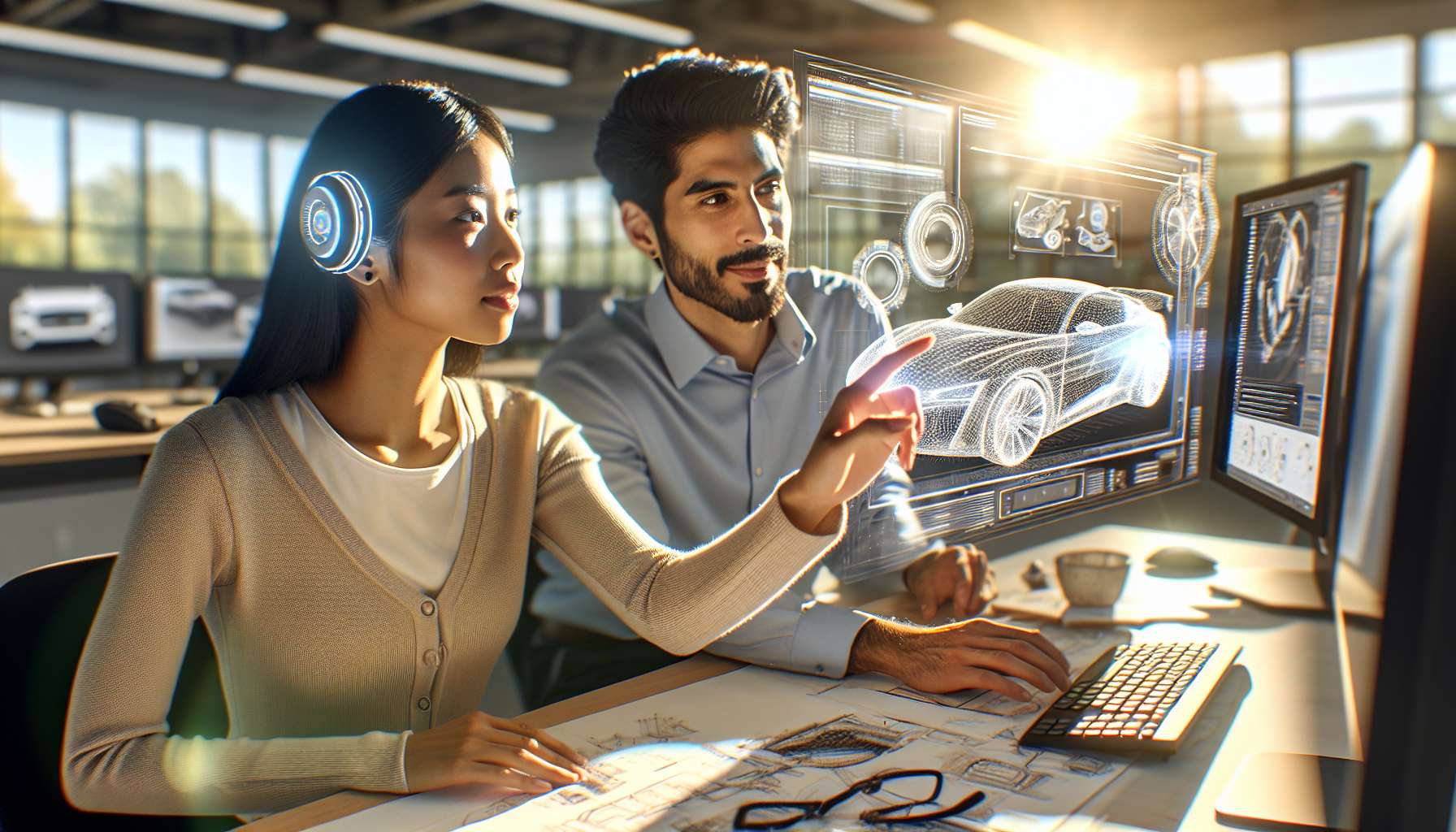The Evolution of Automotive Design with AR
When it comes to automotive design, the future is here, and it’s augmented reality (AR). This cutting-edge technology is revolutionizing the way cars are prototyped, allowing designers and engineers to bring their visions to life in ways never before possible. In this article, we will explore how AR is steering the future of automotive prototyping and the exciting possibilities it holds.
Streamlining the Design Process
Traditionally, automotive prototyping involved creating physical models and making iterative changes based on feedback. This process was time-consuming, expensive, and often limited by the constraints of physical materials. However, with AR, designers can now visualize and manipulate virtual prototypes in real-time, making the design process more efficient and cost-effective.
AR allows designers to overlay virtual elements onto the real world, enabling them to see how different design choices would look and function in a real-life setting. This not only speeds up the prototyping process but also allows for more creative exploration and experimentation.
Enhancing Collaboration and Communication
One of the key advantages of AR in automotive prototyping is its ability to enhance collaboration and communication among design teams. With AR, designers and engineers can work together in a shared virtual space, regardless of their physical location.
Imagine a scenario where a designer in Detroit can collaborate with an engineer in Tokyo, both wearing AR headsets and seeing the same virtual prototype in front of them. They can make changes, discuss ideas, and even simulate real-world scenarios, all in real-time. This level of collaboration not only saves time but also ensures that everyone is on the same page, leading to better design outcomes.
Improving Design Validation and Testing
AR is not just about visualizing designs; it also enables designers to validate and test their prototypes in a virtual environment. By overlaying virtual elements onto the real world, designers can simulate how a car would perform under different conditions, such as different lighting, weather, or road surfaces.
This virtual testing allows designers to identify potential issues and make necessary adjustments before moving to physical prototyping. It not only saves time and resources but also improves the overall quality and safety of the final product.
Driving Innovation and Customization
AR is not limited to improving the existing design process; it also opens up new possibilities for innovation and customization in automotive design. With AR, designers can experiment with unconventional shapes, materials, and features, pushing the boundaries of what is possible.
Furthermore, AR can also be used to create personalized experiences for customers. Imagine a showroom where potential buyers can wear AR headsets and see different customization options for a car, from exterior colors to interior layouts. This level of customization not only enhances the customer experience but also allows automakers to cater to individual preferences and stand out in a competitive market.
The Road Ahead
The future of automotive prototyping with AR is bright. As the technology continues to evolve, we can expect even more advanced features and capabilities. From real-time collaboration with remote teams to immersive virtual experiences, AR is set to transform the automotive industry.
So, if you’re a business executive looking to stay ahead of the curve, it’s time to explore the potential of AR in automotive design. Embrace the power of AR, streamline your prototyping process, enhance collaboration, and drive innovation. The future of automotive design is here, and it’s augmented.





